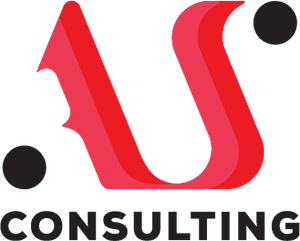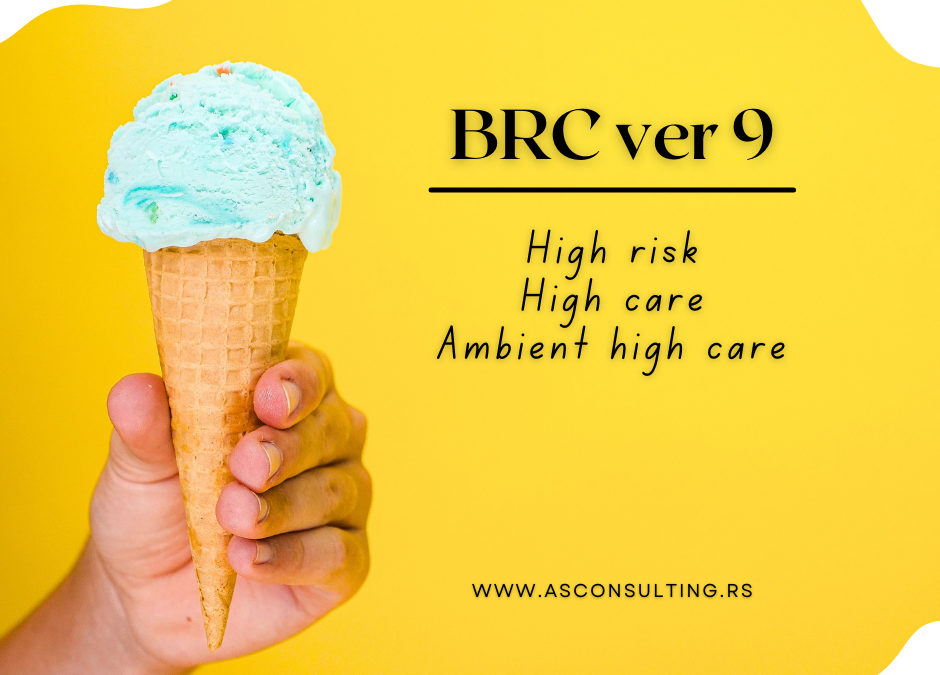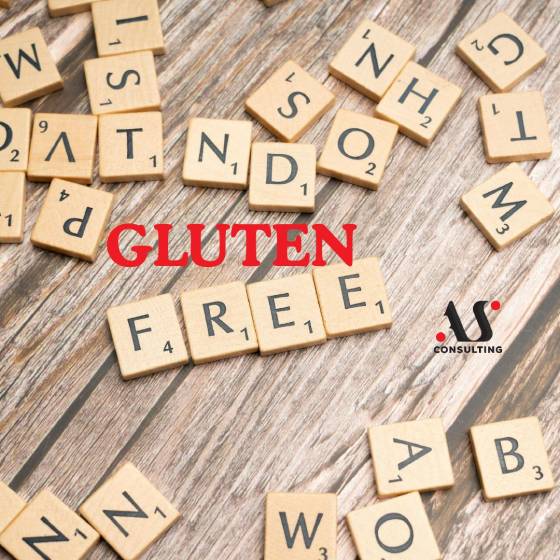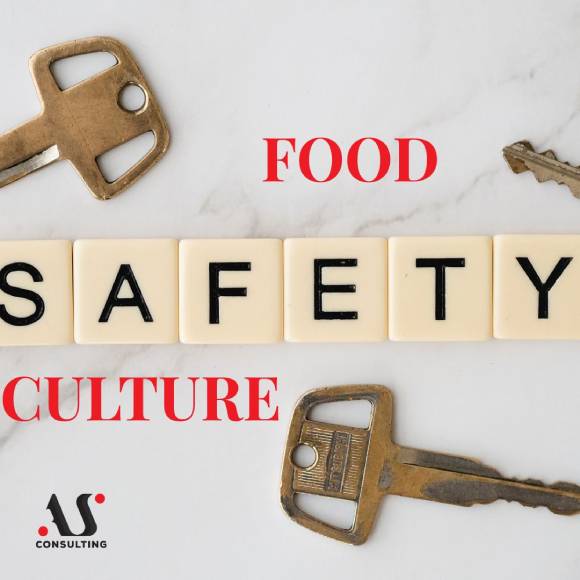
KOSHER STANDARD
November 30, 2021
IFS FOOD STANDARD – WHAT VERSION 8 BRINGS: A look at the draft version
July 6, 2022The new version of the BRC standard (version 9) will be released in August 2022, while the company’s certification according to version 9 will start on February 1, 2023.
Currently, the DRAFT version is available, which we have insight into and on the basis of which we are transferring to the news related to the BRC Food standard. We must note that the DRAFT version is followed by the final version of the standard and that there may be a change in relation to the topics mentioned below.

Audit protocol
The most important innovation related to the audit protocol is the emergence of a new type of audit, so that companies are now offered the following options:
1. Announced on site audit;
2. Announced blended audit: a combined audit consisting of an online part during which documentation is reviewed and an on-site audit focusing on production, storage and other areas on site;
3. Unannounced on site audit: unannounced audit remains unchanged compared to version 8 – option remains voluntary.
A very important change in version 9, which concerns all companies, is that the announced options (on site and blended) have been given the requirement that at least one audit in a three-year cycle be unannounced! So, the announced option is still a matter of choice, but one unannounced audit is required.
News related to the requirements of the standard
Food safety and quality culture: In the new version there is an even stronger emphasis on the culture of food safety and quality, so already in the “state of intent” in the chapter of responsibility of senior management also commits to a commitment to work on continuous improvements in food safety culture which is included in the Food Safety Policy and then the activities related to the food safety culture plan are expanded, which must include the behavior necessary to achieve positive changes. The culture of food quality and safety is one of the obligatory inputs to the management review.
Food fraud: Also an even stronger emphasis that is felt throughout the standard. The program of mandatory monthly meetings with management must now include topics related to product authenticity; confidential reporting system includes topics related to product authenticity. When making a risk analysis in relation to food fraud, the assessment includes employees who have sufficient knowledge on this topic. It is obligatory to review the mitigation plan at least once a year or in the case of: changes in raw materials or raw material suppliers; the emergence of a new risk (high risk of raw materials or the emergence of sensitive information about raw materials), after a security incident where the topic was food fraud (eg recall).
Food defense: the company must establish a system for recording visitors and: visitors, subcontractors (including drivers) must be aware of the procedure for accessing the site; in case of presence and work of subcontractors on the location, their movement in production and warehouse premises is the responsibility of the appointed persons; the team conducting the risk analysis must have specific knowledge on food defense issues and in case there are legal requirements for special training of team members, they must be met.
Internal audits: the scope of internal audits now necessarily includes a food quality and safety culture plan as well as an assessment of the site’s compliance with its food quality and safety management system. The internal audit scope must be defined in the internal audit program.
-In case the company conducts supplier audits, the new mandatory elements (in addition to the HACCP system, traceability, product safety, good manufacturing practices) are the food defense and food fraud plan.
Outsource processes: greater focus is placed on outsource processes, a clearer definition of what the standard considers outsource processes; in the case of a supplier outsource audit, the audit program must include both a food defense and a food fraud plan; The HACCP plan must include the risks (security, legality, food fraud, food defense) of the outsource process.
Risk zones: in case of high-risk, high-care, low risk, enclosed product areas, as well as any area in which time segregation is used, everything must be clearly shown on the layout diagrams.
-In the case of the existence of movable walls in these areas, there must be procedures to ensure that these walls are tight fitting and that the movement is performed only by trained and authorized personnel with established cleaning procedures.
-In the case of the use of CIP, it must be either specially designed for the area or controlled in such a way that there is no risk of recycling or re-use of the rinsing solution.
Equipment: For new equipment there must be a documented specification addressed to the supplier which includes legal requirements, requirements for surfaces in contact with the product, details of intended use and type of material and the supplier must provide evidence that he meets these requirements.
-There must be a documented purchase procedure for new equipment along with a documented cleaning procedure. The design and construction of equipment must take into account the risks of foreign bodies, microbiological hazards and allergens (impermeable surfaces, smooth welds, correct seals).
Process control: In case the site works with products or materials outside the scope (eg by-products from production processes), they must be controlled so as not to pose a risk to the safety, authenticity or legality of the products within the scope.
The new requirement in relation to version 8 refers to the primary conversion of animals where it is necessary to perform a risk assessment of potentially prohibited substances (pharmaceuticals, veterinary drugs, pesticides and heavy metals); reception of live animals: inspection is carried out by competent persons; establishing weather and temperature requirements for post-slaughter processes.
Version 9 certainly covers a large number of minor changes, and more will be reviewed when the new version of the standard is established, which is expected in August.
To meet the requirements of the new version of the standard, you can follow our regular online training where detailed explanations of all requirements of version 9 of the BRC Food standard are given !!!
For help in implementing new requirements, you can contact our Agency!




